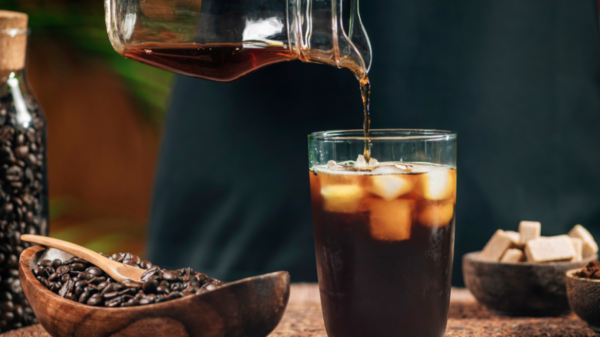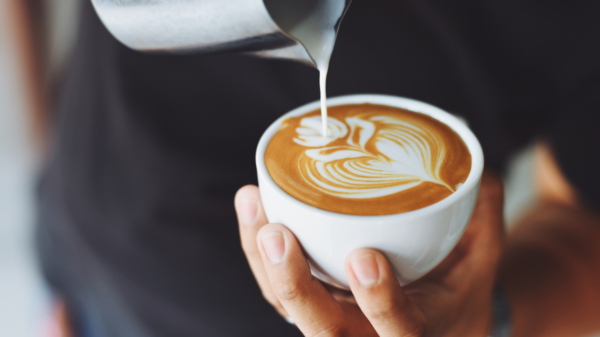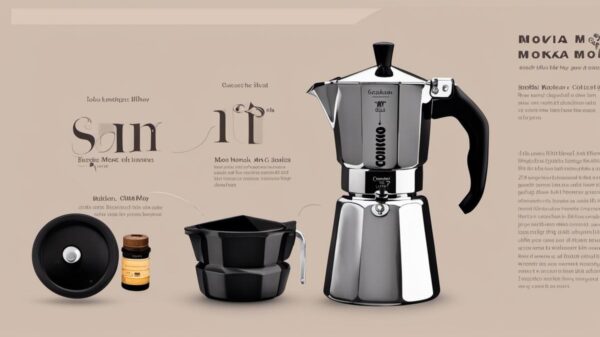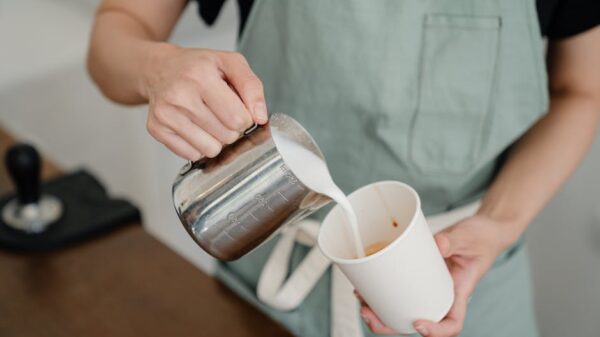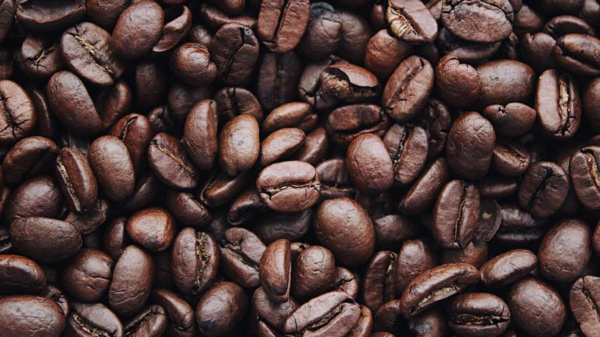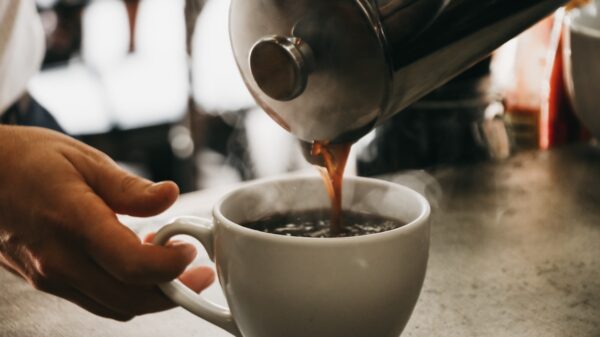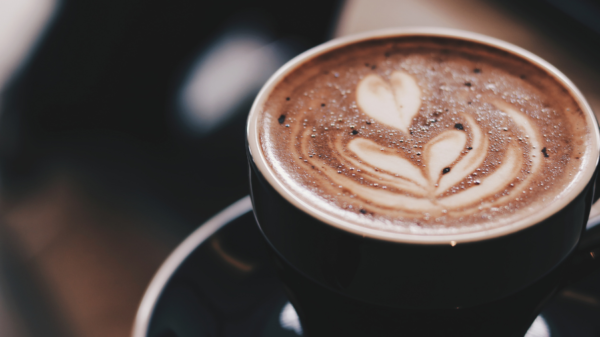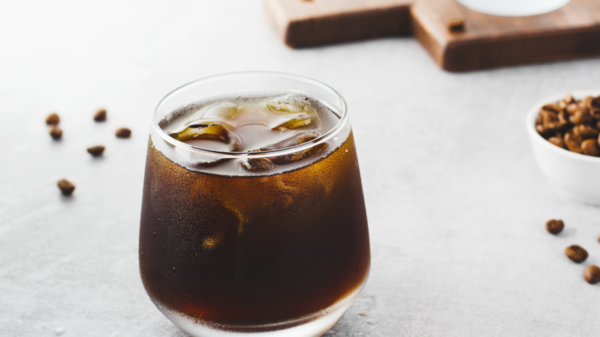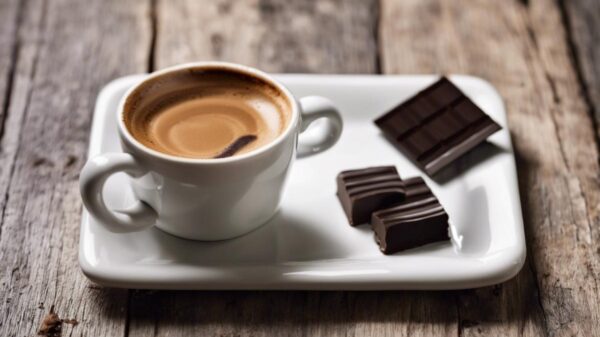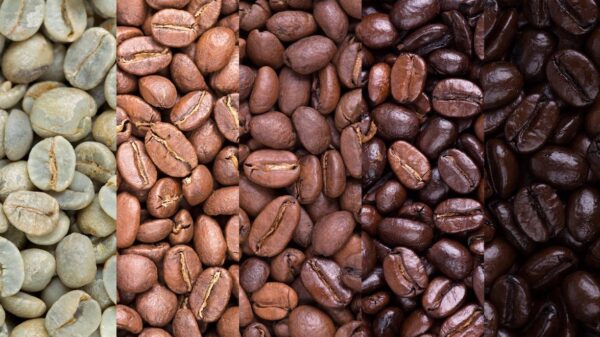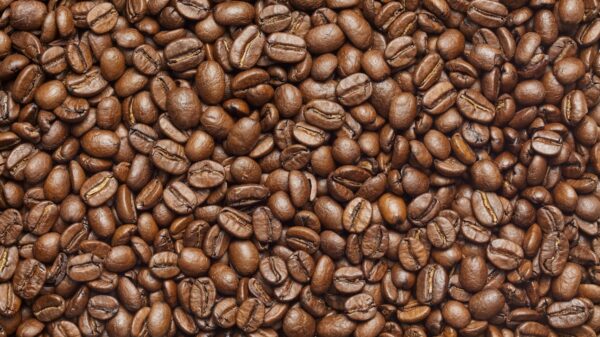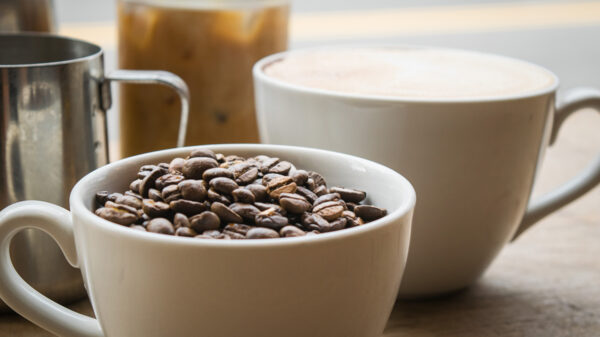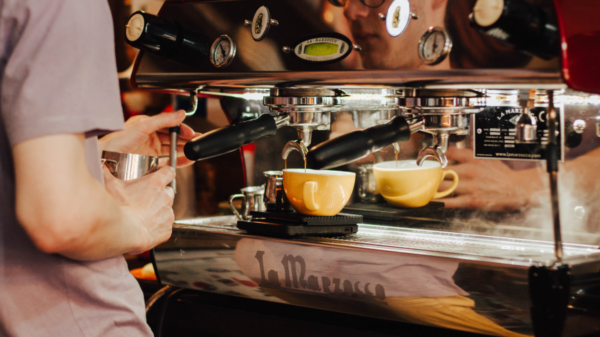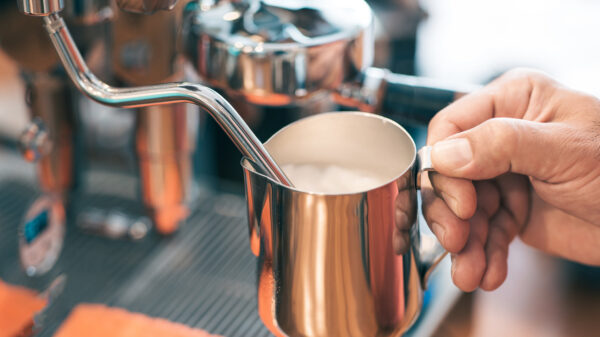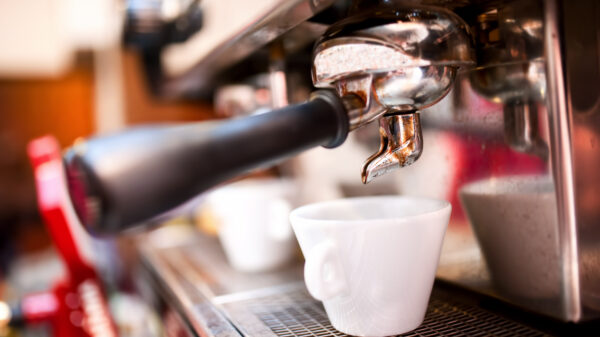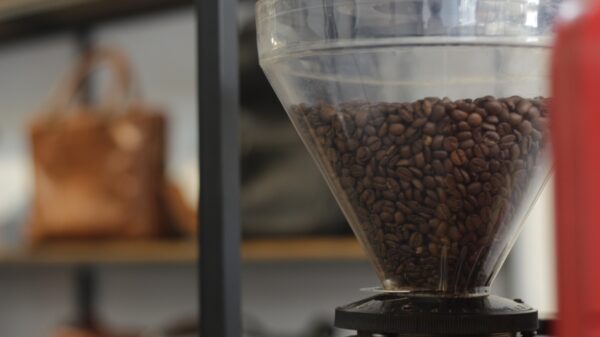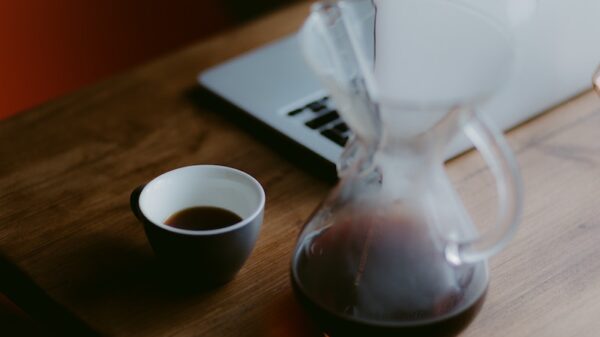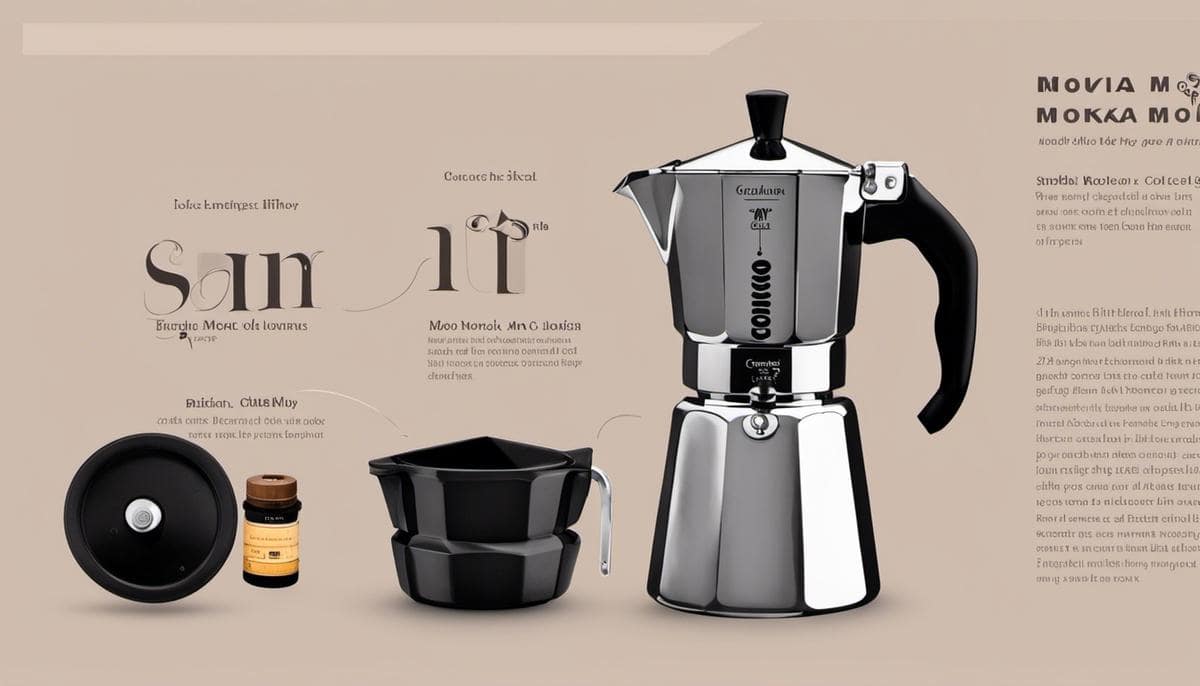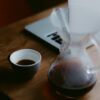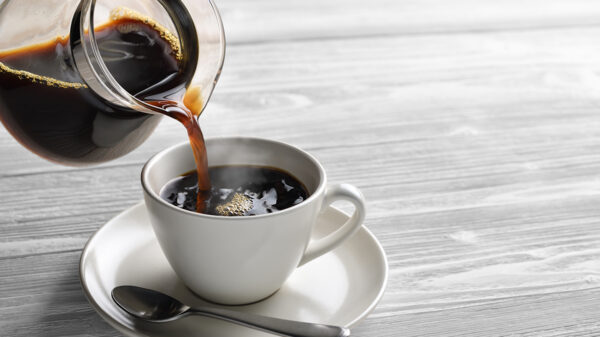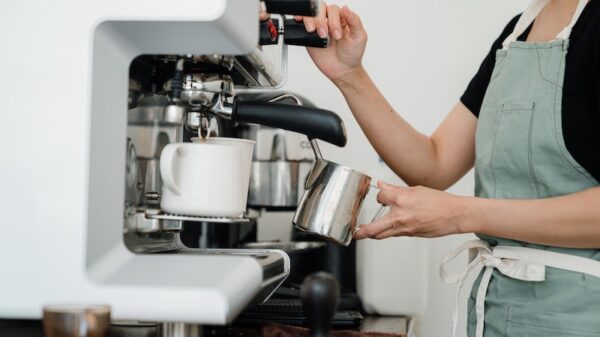Effortless Guide to Making Espresso in a Moka Pot
For many households around the globe, a steaming hot cup of espresso is an essential part of the morning routine. From the rich aroma that fills the air to the strong taste stimulating the senses, this delectable dark brew plays an intricate role in kickstarting the day. Specifically, this tradition holds true for those who own a Moka pot— a type of espresso maker that is both classic and efficient. This comprehensive guide focuses on understanding how to make espresso in a moka pot. Also, understanding the functionalities of a Moka pot, mastering the art of grinding and measuring coffee, and explaining the brewing process to the average everyday coffee lover who wishes to make their daily cup of espresso using a Moka pot.
Understanding Your Moka Pot
Piecing Together the Brew: The Inner Workings of a Moka Pot
Let’s dive right in, coffee lovers! Those engulfed in the vibrant coffee industry are likely acquainted with the Moka pot. Named after the Yemeni city of Mokha, known for its high-quality coffee, the Moka pot has been a favorite since its Italian inception in the early 20th century for a good reason. This iconic stovetop brewer fuses traditional brewing with science, promising a rich and flavorful cup of coffee every time. But ever considered what’s going on under the hood while that caffeinated magic happens?
Understanding the components of the Moka pot will leave you astounded at the perfect blend of simplicity and effectiveness in action. It consists of three main parts – the bottom chamber, the coffee basket, and the top chamber.
- The bottom chamber, or the boiler, is where our water goes. This part is usually filled up to a small valve or a prescribed level, crucial to regulate pressure inside the pot. Overtopping the water level can lead to intense pressure buildup, conducive to neither safety nor desirable coffee.
- Nestled above the bottom chamber, we have the filter basket. This is where the ground coffee beans make their abode. Beginners might be tempted to pack it to the brim, but restraint is key here. An adequately filled basket, not too tight, will ensure an evenly spread heating process.
- Last, there is the top chamber, where the magic culmination happens. This component gets screwed onto the bottom chamber, and its role is to collect the brewed coffee. As the water in the boiler gets heated, it creates pressure that pushes the heated water up through the coffee basket—extracting the coffee—and into the top chamber.
But, let’s not forget about our unsung heroes: the safety valve and the gasket. The safety valve, located on the side of the bottom chamber, kicks into gear if the pressure inside becomes too immense – a safety feature to prevent any unfortunate mishaps. The gasket, on the other hand, ensures a secure seal between the bottom and top chambers, thus playing an integral role in maintaining the right pressure within the pot.
So there you have it, how to make espresso in a Moka pot in all its simplistic brilliance. Understanding how this coffee brewer works not only deepens the relationship with your cherished morning ritual but also elevates your coffee game to the next level. The Moka pot’s components, its science, and the remarkable flavor it produces all together make the humble Moka pot a real gem in the coffee brewing world. Happy brewing!
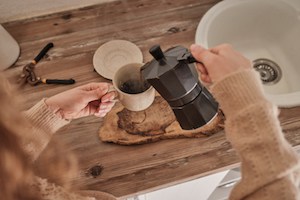
Coffee Grinding and Measurement To Make Espresso In A Moka Pot
Diving deeper into the world of how to make espresso in a moka pot, it’s time to tackle the two key aspects that significantly impact the taste and quality of your brew: coffee ground size and the quantity of coffee used.
Let’s first take a closer look into the realm of coffee ground sizes. Just as it is crucial to choose the right beans, it’s equally pivotal to determine the correct grind size when brewing espresso. As a rule of thumb, the ideal coffee ground size for traditional espresso is relatively finer than what you might typically find in your pre-packed ground coffee, akin to powdered sugar or table salt. However, it’s important to remember not all espressos are alike in this regard, and depending upon your own individual taste preferences, the perfect grind size can vary between fine and super fine.
But why is this so significant, you may wonder? This has to do with the extraction rate of coffee, which happens when water passes through the grounds. A fine grind allows water to extract a great deal of flavor in the limited time it takes to pull a shot of espresso, permitting a rich, robust taste that is uniquely espresso.
Next, let’s focus on the quantity of coffee used. For a standard single shot of espresso, it’s generally recommended to use between 7-9 grams of coffee. Meanwhile, for a double shot that is more commonly consumed, you’d want to use between 14-18 grams. These quantities can vary slightly based on the type of coffee and personal taste but serve as effective guidelines for the amateur barista.
Bear in mind, that using too much coffee can result in over-extraction, which could lead to a bitter and unpleasant beverage. Conversely, too little coffee could cause water to flow through too rapidly, causing under-extraction, and ultimately resulting in a weak, underwhelming espresso.
However, don’t forget the golden rule – coffee brewing is not an exact science but rather an art. It’s okay, even encouraged, to experiment and find the flavors and styles that sing in your cup and bring joy to your palate. By understanding these fundamental parameters and adjusting them to suit your taste, you’re setting yourself up for a fantastic espresso experience!
So go forth, brew, and let the tantalizing aroma of freshly made espresso envelop you in its warm embrace. Dive into every cup with newfound knowledge and appreciation for this complex, yet rewarding hobby. Happy brewing!
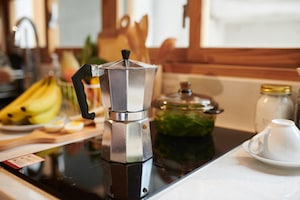
The Brewing Process To Make Espresso In A Moka Pot
Now that the basics have been covered, let’s dive into some more advanced aspects of how to make espresso in a Moka pot.
One crucial element often overlooked by beginners is the size of the coffee grounds. Too coarse, and the water will rush through the coffee, giving you a weak, under-extracted brew. Too fine, and the water can’t penetrate properly, resulting in over-extraction and a bitter taste. The perfect grind for a Moka pot lies somewhere between drip coffee and espresso — a medium-fine grind.
One might ask why all this fuss about grind size. Simply because grind size impacts the rate of extraction and the flavor of your coffee. Fast extraction leads to a lighter taste, while slow extraction tends to produce stronger, richer flavors. Everyone’s preference can vary but take this as a golden rule – brew, taste, adjust, and repeat until you find the perfect grind size for your espresso.
When it comes to quantity, a good rule of thumb is 18-20 grams of coffee for a single shot and 36-40 grams for a double shot. That said, this is another area where you can experiment based on your preferences. Minor adjustments in coffee quantity can significantly affect the espresso’s taste and intensity. Remember, going overboard can clog the coffee basket, though, and using too little may cause water to pass through too swiftly, leaving behind a weak and watery brew.
Brewing espresso is no less than an art form, awash with room for creativity and personalization. No one can absolutely dictate your coffee experience; it’s all about refining your process until you hit that sweet spot that brings a genuine smile to your face. And the first sip of an espresso curated to your taste using a Moka pot? Pure coffee bliss!
Let’s not forget the most beautiful part of brewing espresso at home – the ritual itself. The process of grinding coffee, filling the Moka pot, waiting for it to brew, and finally, the pleasure of enjoying a cup of handcrafted coffee goodness. There is a certain joy found not only in the result but the process itself. It is enlightening, it is indulgent, and ultimately, very rewarding.
With the right know-how and time dedicated to understanding the art to make espresso in a Moka pot, your Moka pot can become an essential part of your coffee routine. Stay curious, experiment, and remember, every single brew is a step towards an espresso that’s perfect for you. Enjoy the journey, coffee enthusiasts! Remember, life’s too short to drink bad coffee, so make each brew count!
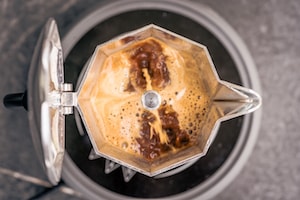
Conclusion
As outlined, learning to make espresso in a Moka pot is more than a process, it’s an art that intertwines science and a bit of flair. Once you understand the components of the Moka pot, master the coffee grinding and accurately measure the coffee beans, the journey to brewing your picture-perfect espresso becomes a walk in the park. Observe, learn, practice, and enjoy the fruits of your new knowledge; a steaming, aromatic, and richly flavored cup of espresso right at home. Remember, coffee isn’t just a drink; it’s a culture, an economy, a science, an art, and most importantly a passion that is worthwhile.


